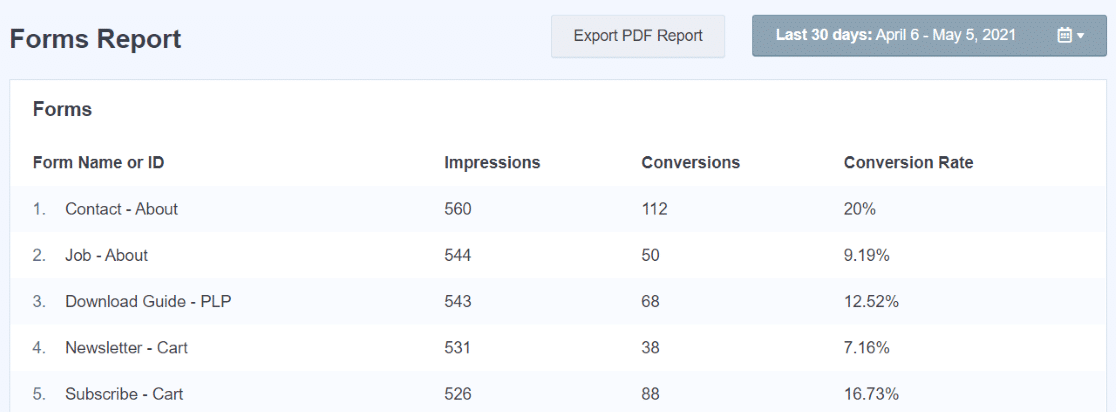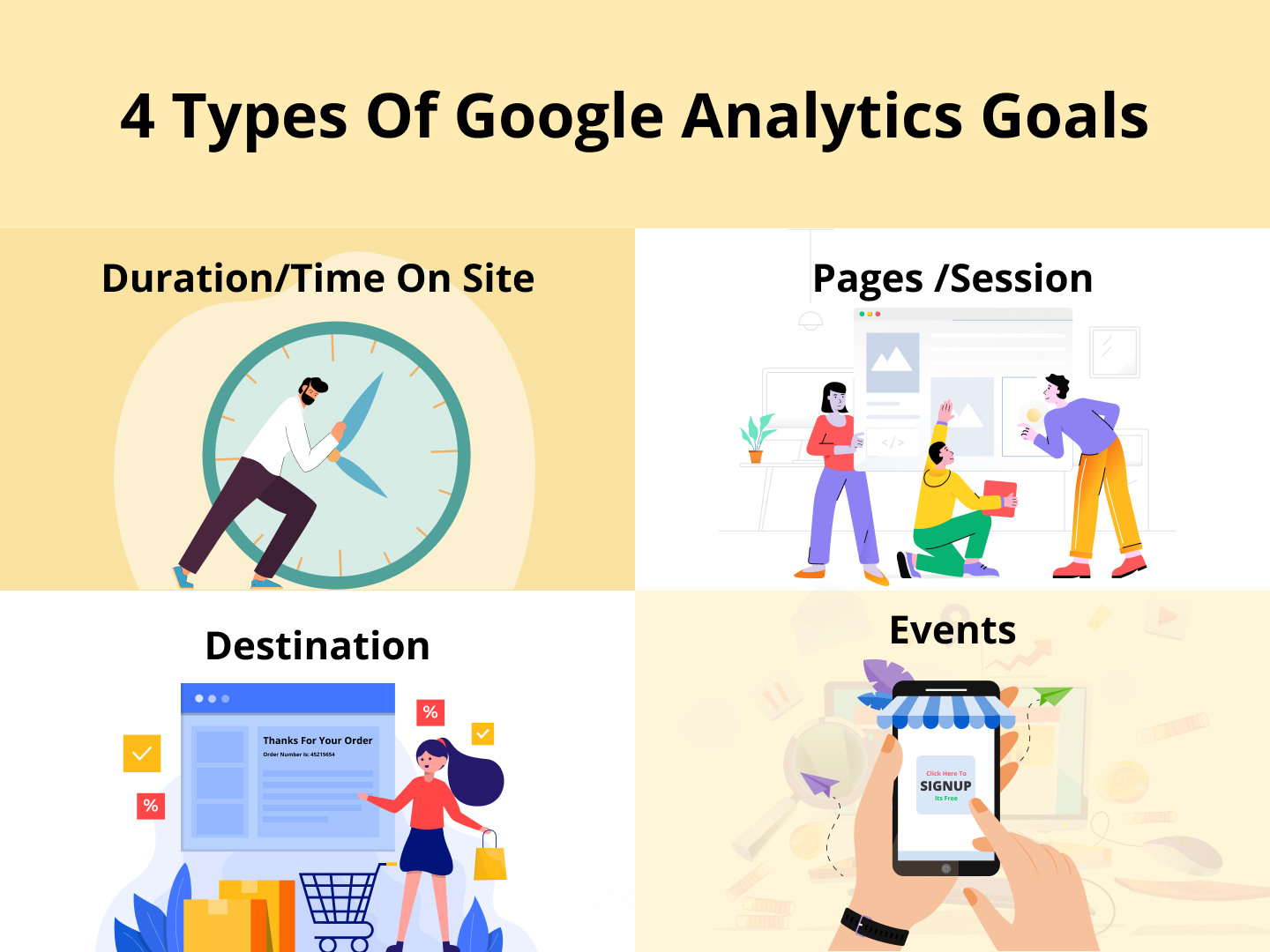Trick Insights on What Data Is Google Analytics Goals Unable to Track
Trick Insights on What Data Is Google Analytics Goals Unable to Track
Blog Article
Revealing the Blind Attractions: Comprehending What Google Analytics Goals Can not Gauge
In the realm of digital analytics, Google Analytics stands as an effective device for tracking and analyzing on-line user communications. Recognizing what Google Analytics goals can not measure is crucial for getting a detailed view of customer behavior and involvement.
Individual Habits on External Operatings Systems
Comprehending how customers engage on external systems is critical for enhancing online approaches. External systems, such as social media sites networks, recommendation websites, and on-line forums, play a significant function in driving traffic to a business's website. By examining user habits on these systems, companies can gain important understandings into the performance of their marketing initiatives and the preferences of their target market.
One key element of user habits on external systems is the recommendation source. By tracking where the customers are coming from, services can determine which systems are driving one of the most traffic to their site. This details can assist companies designate their sources better, concentrating on the platforms that generate the best outcomes.

Offline Conversions and Communications
Examining customer habits on outside systems supplies useful understandings right into on the internet methods; nevertheless, taking into consideration offline conversions and communications is just as vital for a detailed understanding of a business's general performance. While Google Analytics stands out at tracking online interactions, it falls brief in recording the total client journey that usually includes offline touchpoints. Offline conversions, such as in-store purchases or phone inquiries, play a considerable duty in numerous organizations' success. Ignoring these interactions can lead to an altered view of the performance of marketing campaigns and overall company efficiency.

Attribution Beyond Last Click
When diving right into the world of digital advertising analytics, it comes to be vital to look beyond the solitary touchpoint of the last click for an extra comprehensive understanding of attribution. While Google Analytics offers useful understandings right into user behavior, depending exclusively on last-click attribution can be limiting - what data is google analytics goals unable to track. Attribution designs that surpass the last click offer a much more nuanced view of the client trip, thinking about all the touchpoints that result in a conversion
Attribution beyond the last click allows online marketers to assign credit score to numerous communications along the conversion course, offering a more clear image of the effectiveness of various advertising and marketing networks. By discovering multi-touch acknowledgment models such as linear, time decay, or position-based attribution, companies can better assign their marketing budgets and enhance the original source their techniques for maximum impact.
Understanding the influence of each touchpoint in the conversion process is essential for making informed choices and optimizing ROI. By welcoming attribution beyond the last click, businesses can gain much deeper understandings into customer actions and customize their advertising efforts better.
Cross-Device and Cross-Browser Monitoring

In a similar way, cross-browser monitoring complements cross-device tracking by catching individual actions as they switch over between different web browsers. Comprehending just how customers interact with sites on different internet browsers can aid marketers optimize their online experiences to make sure uniformity and functionality across different platforms.
Qualitative Data and Individual Intent
Recognizing customer intent via qualitative information analysis is critical for developing targeted electronic advertising and marketing strategies that resonate with the requirements and choices of the target audience. Qualitative data supplies understandings right into the 'why' behind customer actions, dropping light on motivations, emotions, and preferences that quantitative data alone can not record. By analyzing customer responses, remarks, and interactions, online marketers can discover valuable information concerning individual intent, enabling them to tailor their messaging, material, and offerings to better line up with what their audience is looking for.
Qualitative information likewise assists get more in understanding the context in which customers involve with a web site or app. This contextual understanding enables marketing experts to develop more relevant and personalized experiences, ultimately driving greater interaction and conversion prices. By delving right into individual intent via qualitative data evaluation, businesses can get a deeper understanding of their target market, leading to much more reliable advertising methods that meet users' expectations look what i found and needs.
Conclusion
In final thought, Google Analytics objectives have restrictions in measuring user habits on outside platforms, offline conversions, acknowledgment beyond last click, cross-device and cross-browser monitoring, and qualitative information associated to customer intent. what data is google analytics goals unable to track. It is essential for businesses to be familiar with these blind areas in order to supplement their information analysis with other devices and approaches to acquire a much more comprehensive understanding of their audience and boost their total digital advertising approaches
By evaluating individual actions on these platforms, companies can obtain valuable insights into the performance of their advertising and marketing efforts and the preferences of their target audience.
Examining customer actions on external platforms offers useful understandings right into on-line strategies; however, taking into consideration offline conversions and communications is equally necessary for a comprehensive understanding of a company's overall performance.In digital marketing analytics, moving beyond last-click attribution to explore cross-device and cross-browser tracking is important for acquiring an alternative understanding of customer communications throughout different systems and gadgets. By evaluating individual comments, comments, and interactions, online marketers can uncover important information about user intent, allowing them to tailor their messaging, web content, and offerings to better straighten with what their target market is looking for.
By diving right into individual intent with qualitative data evaluation, organizations can obtain a much deeper understanding of their target audience, leading to a lot more efficient advertising techniques that satisfy users' assumptions and demands.
Report this page